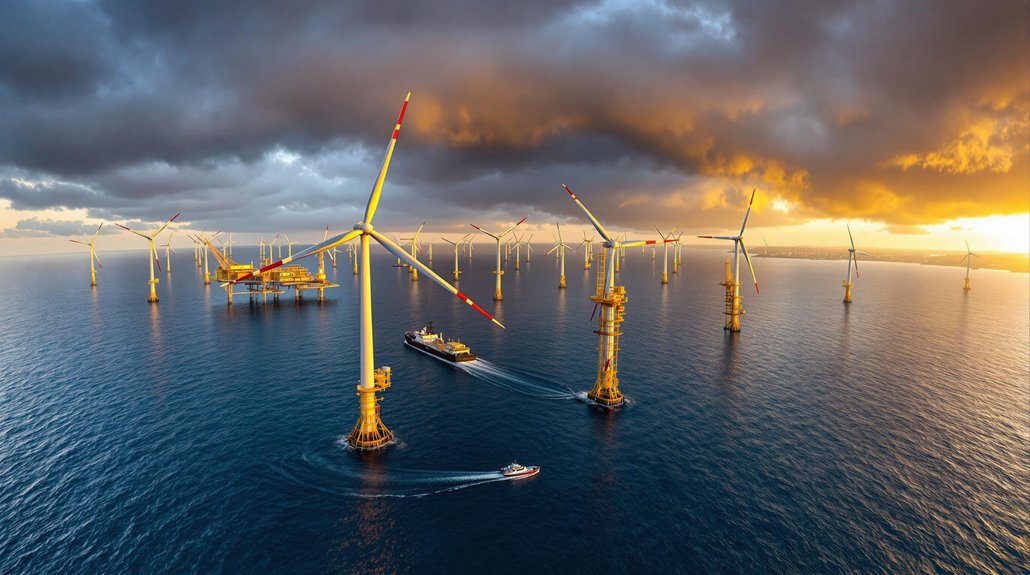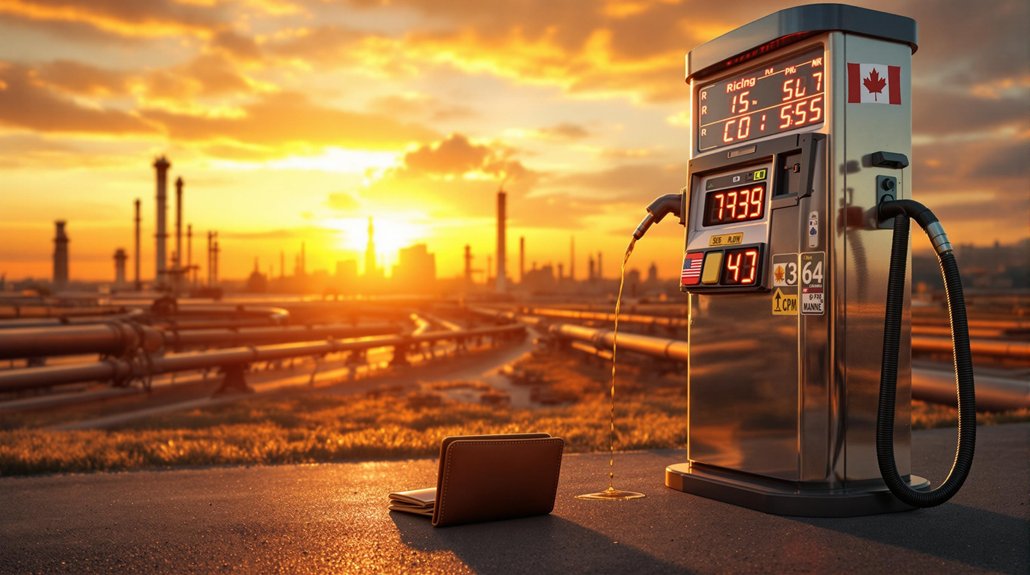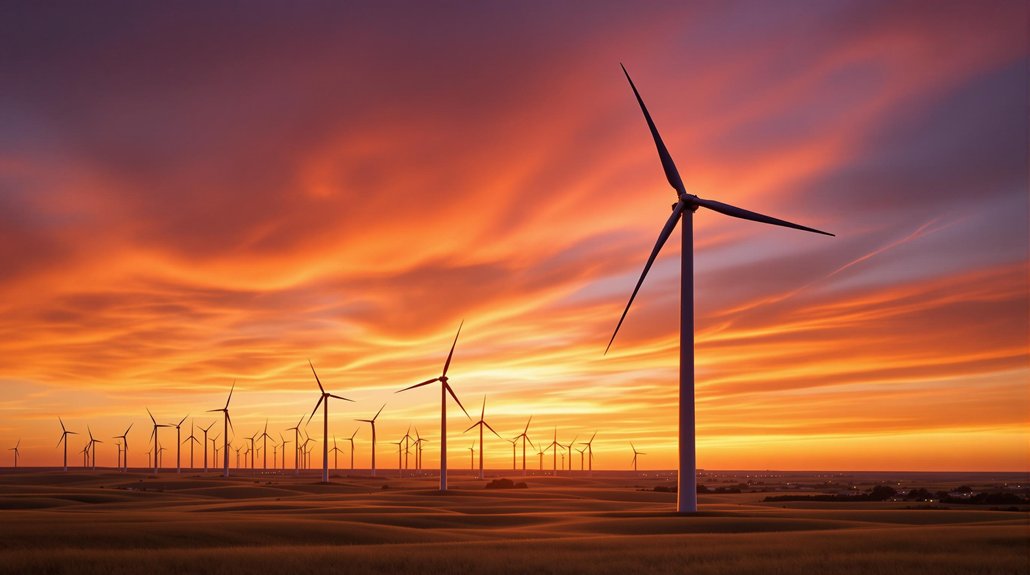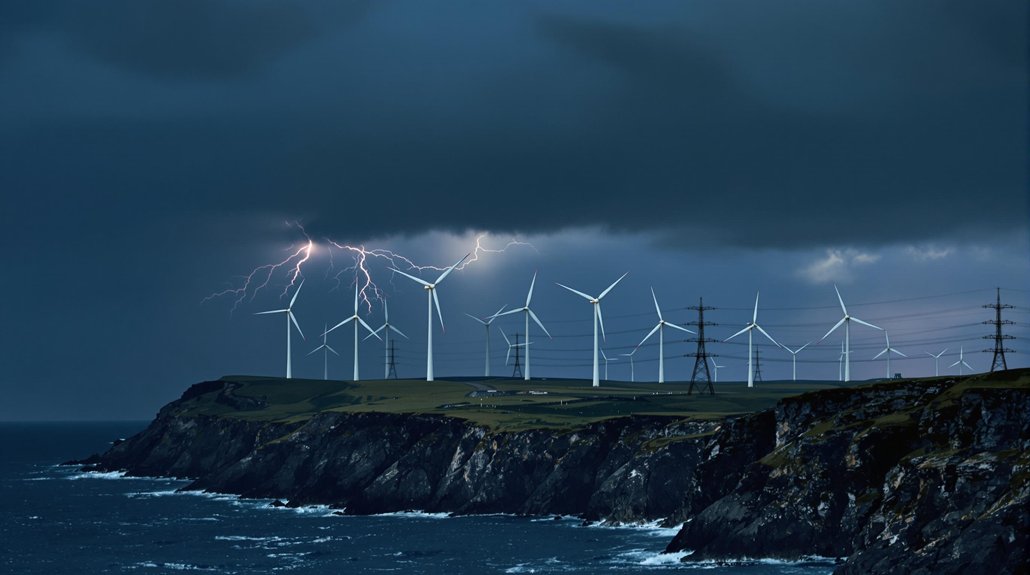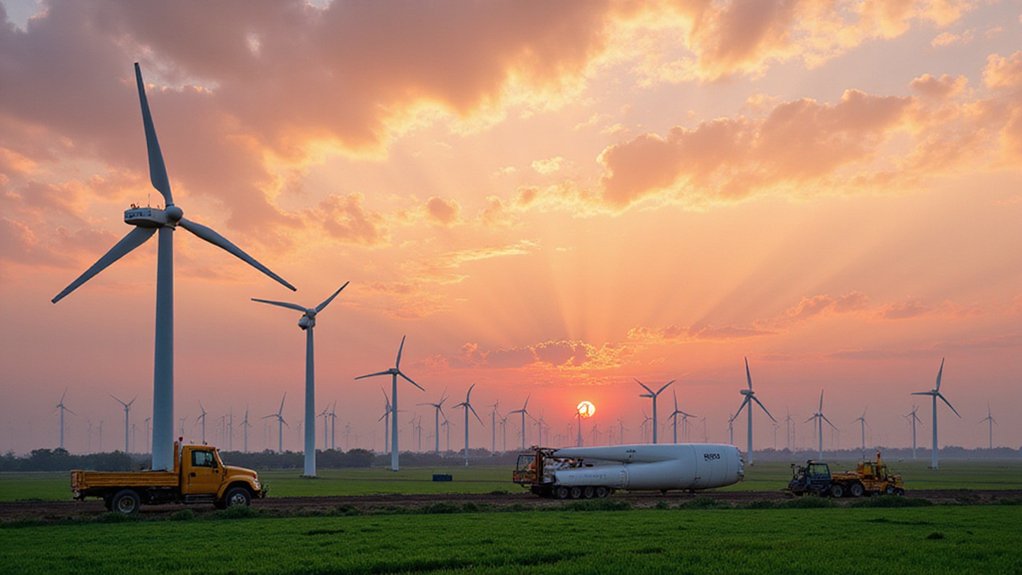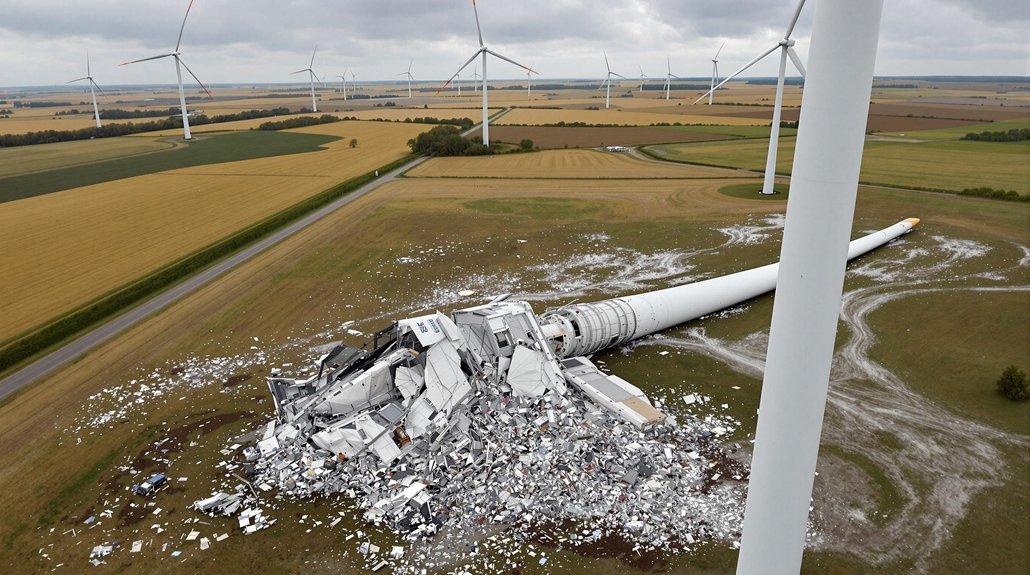Doug Burgum, despite aligning with the Trump administration’s fossil fuel agenda, has indicated existing offshore wind projects might continue unimpeded. Projects like Block Island, South Fork Wind, and Vineyard Wind 1 could be protected if their agreements are formalized in law. Political winds shift, but economic benefits—job creation and price stabilization—make these projects harder to dismantle. The environmental advantages are clear: wind power produces 26 times fewer emissions than natural gas. More developments lie beyond the horizon.
While many politicians squabble over America’s energy future, offshore wind projects are quietly reshaping the coastal power landscape. With Block Island churning out power since 2016 and South Fork Wind joining the club this May, offshore wind isn’t just a pipe dream anymore. It’s reality, folks.
Vineyard Wind 1 started delivering electrons in 2024, and more big players like Revolution Wind and Sunrise Wind are lined up for 2026.
Offshore giants like Revolution Wind and Sunrise Wind are queuing up behind Vineyard Wind 1’s successful 2024 power debut.
Enter Doug Burgum and the Trump administration‘s fossil fuel love affair. They’re not exactly wind power’s biggest fans. Despite threats of executive orders to slam the brakes on federal offshore wind initiatives, Burgum has hinted existing projects might survive “if in law.” Whatever that means. Politicians and their carefully crafted wiggle room.
The economic math is pretty compelling, though. Offshore wind smooths out those annoying seasonal price spikes that make New Englanders curse their heating bills. It’s also creating jobs—construction, operations, manufacturing. Money talks, even when politicians would rather it shut up.
Let’s be real about the environmental side. Wind power produces 26 times less emissions than natural gas. That’s not nothing. Those massive turbines even create artificial reefs. Fish seem to dig it. But concerns exist—marine mammals, coastal views, and yeah, some technical issues like BPA release from degrading blades.
The tech keeps improving. Today’s turbines are bigger, badder, and more efficient. They spin in winds from a gentle 7 MPH breeze to a “hold onto your hat” 56 MPH gale. They last 20-25 years before needing replacement. These technological advancements include important floating offshore technology that allows turbines to be placed in deeper waters where winds are stronger and more consistent.
Coastal Virginia Offshore Wind is planning a monster 2.6 GW project for 2026. The Gulf of Maine project could transform New England’s energy portfolio. Scientific evidence from NOAA confirms there’s no connection between offshore wind development and whale strandings, despite fossil fuel industry claims. Similar to Badger Wind’s recent design update, companies are adapting with smaller turbines but more of them to maintain power output. None planned for Long Island Sound, though. NIMBYism wins again.
The debate rages on. Grid reliability. Baseload power. Subsidies. Carbon footprints. It’s complicated. But with several projects already spinning and more in the pipeline, offshore wind may have enough momentum to weather the political storms—even ones from the White House.
